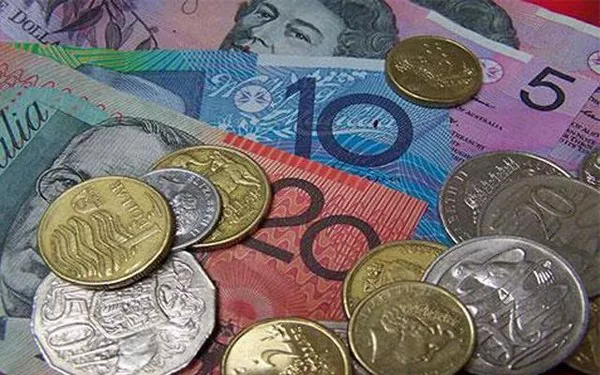The Australian Dollar (AUD) edged lower against the US Dollar (USD) on Thursday, despite a robust trade surplus report. Australia’s trade surplus widened to AUD 6.009 billion in July, surpassing both the expected AUD 5.150 billion and the previous month’s AUD 5.589 billion.
In a speech at “The Anika Foundation” in Sydney, Reserve Bank of Australia (RBA) Governor Michele Bullock cautioned that it is premature to consider rate cuts, with the board not expecting to reduce rates in the near term.
Further pressure on the AUD emerged from disappointing economic data. Australia’s Gross Domestic Product (GDP) grew by 0.2% quarter-on-quarter in Q2, an improvement from the previous quarter’s 0.1% but falling short of the anticipated 0.3%. Additionally, a private survey revealed that Australian manufacturing activity remained in contraction for the second consecutive year.
The US Dollar weakened following July’s JOLTS Job Openings report, which showed a drop to 7.673 million from 7.910 million in June, marking the lowest level since January 2021 and missing expectations of 8.10 million. Furthermore, the ISM Manufacturing PMI indicated a fifth consecutive month of contraction in factory activity.
Market participants are now focusing on upcoming US economic indicators, including the ISM Services PMI and Initial Jobless Claims scheduled for Thursday, and the crucial US Nonfarm Payrolls (NFP) report on Friday. These data points are expected to provide further insights into potential Federal Reserve rate adjustments.
On the technical front, the AUD/USD pair is trading around 0.6720. It is currently positioned below the nine-day Exponential Moving Average (EMA), indicating a possible short-term pause. The 14-day Relative Strength Index (RSI) remains above 50, suggesting a bullish inclination. The pair might test lower support near 0.6575, with deeper declines potentially targeting 0.6470. Resistance could be encountered at the 14-day EMA around 0.6731 and the nine-day EMA at 0.6742, with a breakthrough potentially pushing the pair towards a seven-month high of 0.6798.
Related Topics:

























